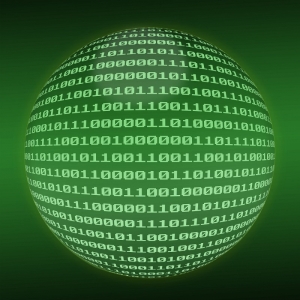Digital
 Digital Communication Systems
Digital Communication Systems
A digital signal, like SMS, is composed of electrical pulses representing either zero or one (the binary system). Because these signals are made up of only binary streams, less information is needed to transmit a message than with voice communications which has traditionally been handled by analogue technologies.
The word digital comes from the same source as the words digit and digitus (the Latin word for finger), as fingers are often used for discrete counting. It’s most commonly used in computing and electronics, especially where real-world information is converted to binary numeric form as in digital audio and photography.
Disturbances (noise) in analog communications invariably introduce some, generally small deviation or error between the intended and actual communication. Disturbances in a digital communication do not result in errors unless the disturbance is so large as to result in a symbol being misinterpreted as another symbol or disturbing the sequence of symbols. It is therefore generally possible to have an entirely error-free digital communication.
As long as the one/zero pattern is recognizable, the original information content can be perfectly replicated at the receiving end. This means SMS is one of the most reliable forms of communication available. Uncorrected errors in analogue communications have unpredictable and generally large impact on the information content of the communication. Simple systems like SMS are almost 100% reliable and repeatable.
« Back to Glossary Index

